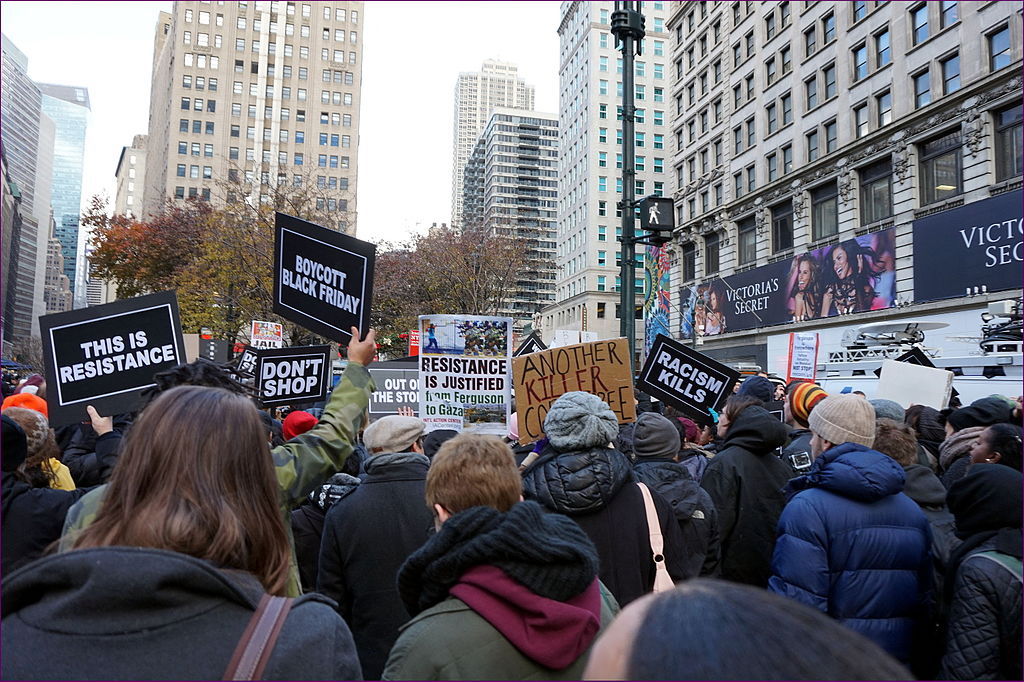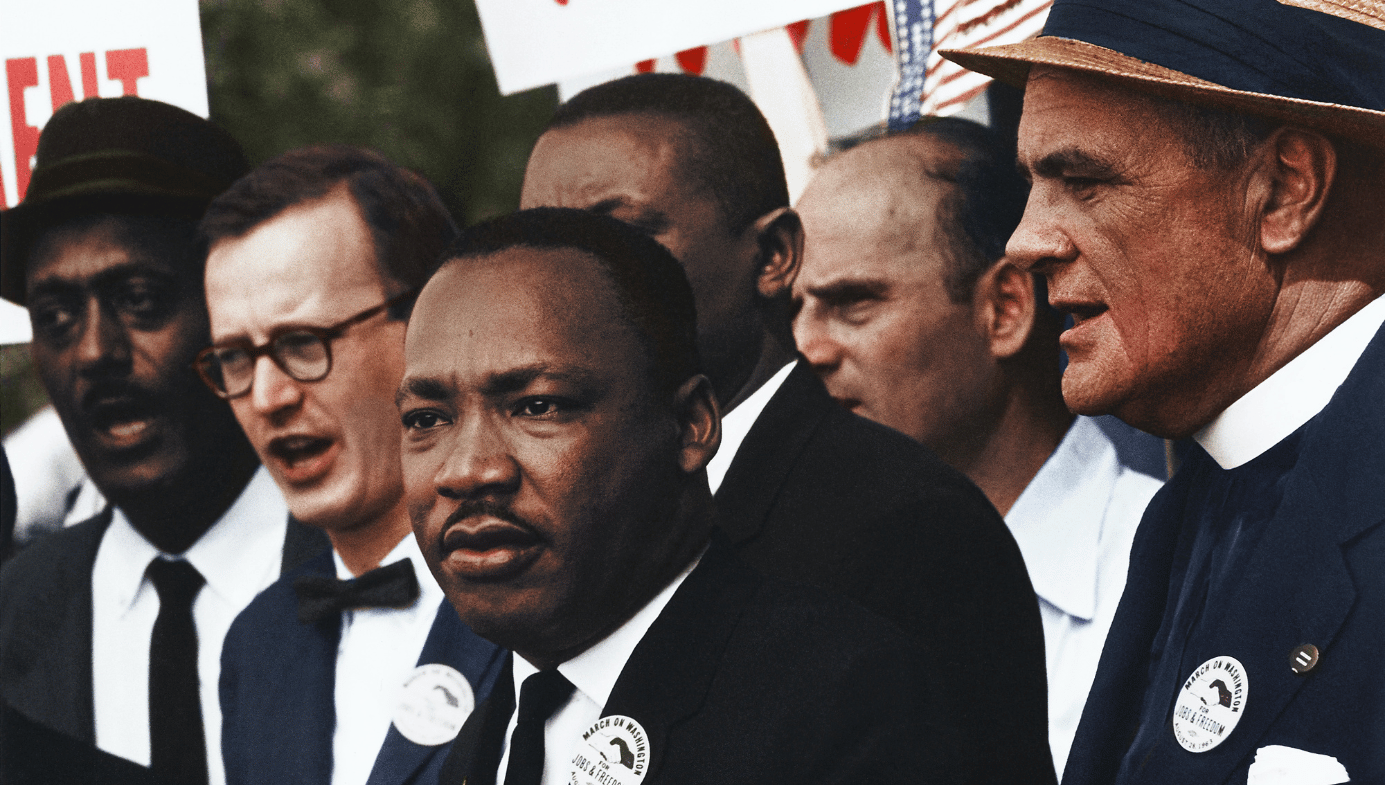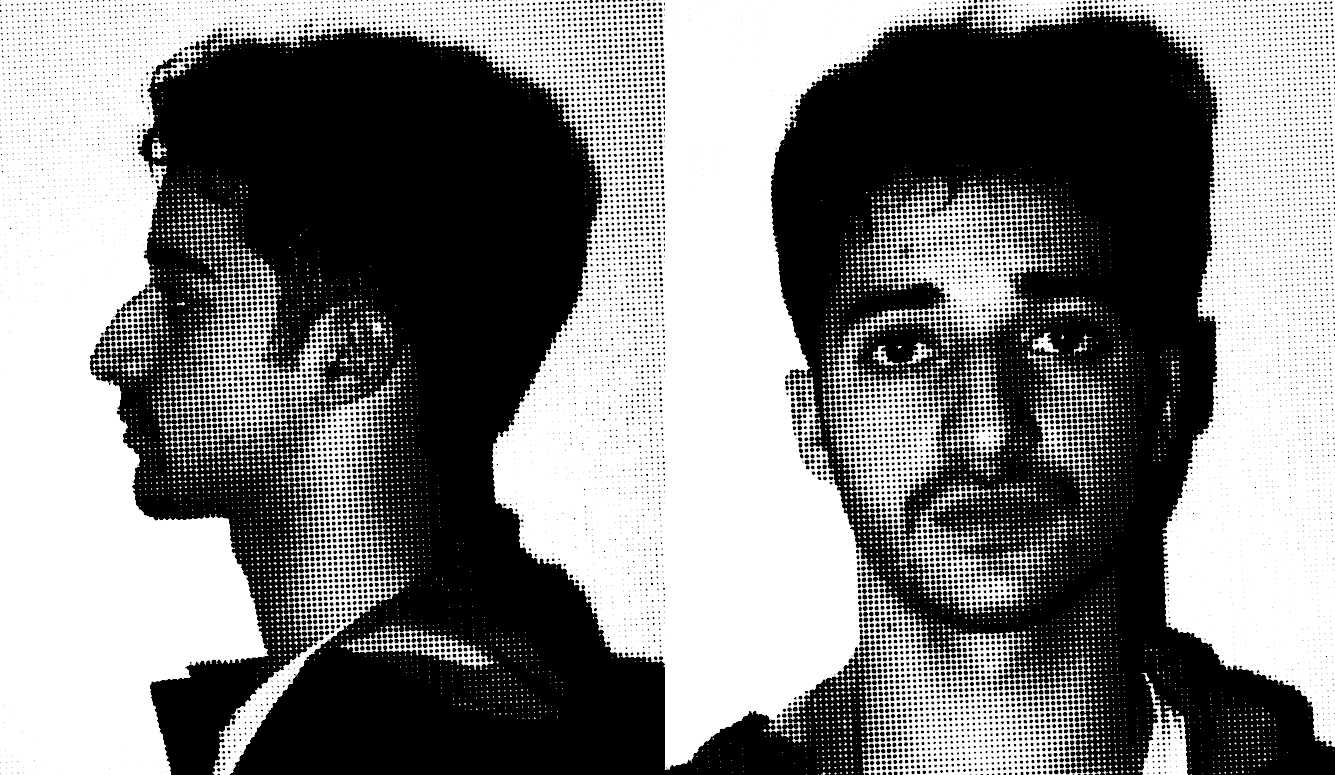Top Stories
To Honor Murder Victims, Stop Fixating on the Race of Their Killers
In my experience, social-media-driven activists have been driven more to hate villains than to love and honor their victims. And the most hated villain is white supremacy.

On December 30, a 7-year-old Houston girl named Jazmine Barnes was killed in a drive-by shooting. Witnesses to the crime, including family members, pointed out that a white man in a pick-up truck had fled the scene. This became the profile authorities used to pursue the shooter.
Witness testimony often is unreliable, but it is perfectly valid for such accounts to serve as the basis for a police search. The tip soon took on a life of its own, however, when a plethora of liberal celebrities and activists jumped to the conclusion that Barnes, an African American girl, had been murdered by a white man consumed by racism.
The story soon was being treated as a “national story about race and violence.” A lawyer for the victim’s family stated that there could be no rationale for the killing “other than hate.” The Leadership Conference on Civil and Human Rights definitively claimed that Barnes had been killed when “a white gunman fired into her mother’s care.” It used the hashtag #SayHerName, a throwback to a Black Lives Matter slogan that drew attention to the unjustified killing of African Americans by police. Bernice King, one of Martin Luther King’s surviving daughters, tweeted that justice in this case would mean “interrogating, challenging and transforming the climate and culture which created the murderer.”

Activist Shaun King, who rose to prominence alongside Black Lives Matter, offered a reward of $100,000 for the apprehension of the killer. King began asking questions on social media about possible suspect Robert Cantrell, a white man who recently had been arrested for purse snatching.
But by January 5, that narrative collapsed when police arrested an African American man who admitted he had been involved in the shooting as a getaway driver. Police now believe the girl’s death to have been the result of “mistaken identity”: She was the victim of criminals targeting someone else.
To his credit, King later clarified that the white man seen leaving the scene likely was just scared and fleeing for his life. (In fact, the tip the police received that led to the arrest came from someone who originally had contacted King; he had passed the information along to authorities.) As for Cantrell, his family has been deluged by violent threats from those who believed he is a racist murderer.
The rush to judgment of the white suspect, and the quick assumption that the killing was racially motivated, is a common practice among social-media partisans. When a man with a history of mental illness killed African American teenager Nia Wilson in Oakland last year, celebrity Anne Hathaway intoned that Wilson was “a black woman and she was murdered in cold blood by a white man.” She warned that “ALL black people fear for their lives DAILY in America…Given those givens, we must ask our (white) selves—how ‘decent’ are we really?”
But police found no evidence that Wilson’s murderer was racially motivated. In fact, racially motivated murders are extremely rare in the United States. According to FBI data contained in the 2017 Uniform Crime Report, there were a total of 15 victims of murder and non-negligent manslaughter in that year, a figure corresponding to less than 0.1% of all homicides.
In the Fall, social-media activists spread the theory that Danye Jones, the son of a prominent Ferguson, Mo. protester, had been lynched. Indeed, Jones had been found hanging from a bedsheet tied to a tree—a sight with horrifying overtones for anyone who knows American history. Avalon Fenster, the Northeast Regional director of the March for Our Lives, authored an October tweet claiming this to be evidence of a lynching. As of this writing, it has received 271,000 likes and 176,000 Retweets.

But as the Associated Press and other news outlets later noted, medical examiners concluded that Jones’s death was a suicide. To her credit, Fenster later posted a tweet updating her audience with this new information—yet that update received far less attention. (Fenster says that “we need to focus on the stigma around depression in men & black communities, & the stigma around homosexuality.” That is true. But we have no idea why Jones committed suicide. And the suicide rate is far higher among Native Americans and whites than it is among African Americans.)
Isolated tragedies such as drive-by homicides or a man’s suicide are not what motivate culture-war partisans. Nor are activists establishing six-figure rewards to help catch the killers of the hundreds of African American men who were murdered in Baltimore, Chicago and other large cities last year. Most of these victims were murdered by other African American men, largely thanks to systemic problems in these cities that can be traced, in part, to segregation and the drug trade.
The specter of “black on black” violence sometimes has been used a pretext to advance offensive, racist and unscientific claims about African Americans. But the question remains why the extremely high homicide rates in these cities rarely get the attention of racial-justice advocates. The clearance rates for homicides in these neighborhoods is abysmal. In some cases, less than half of homicide cases result in arrests. Six-figure reward offers could go some way to helping with that.
In early 2017, I filed an in-depth reported piece at The Intercept on the homicide wave in West Baltimore and the effort by local NGOs and activists to promote peace. Unlike much of my reporting for that outlet, which fit neatly into the narratives of left-wing activists, this one didn’t get much traction—because the subject matter doesn’t arouse the left’s usual political reflexes, especially in the social-media sphere. In my experience, social-media-driven activists have been driven more to hate villains than to love and honor their victims. And the most hated villain is white supremacy.
The identical phenomenon plays out on the right, for we see the same focus on villains over victims in the manner by which Fox News will focus on isolated acts of violence by undocumented immigrants. These killings are of course tragic, and do raise questions about how law enforcement monitors criminals. But they are extremely rare.
Research has consistently shown that immigrants to the United States—including those who enter the country illegally—are less likely to engage in homicide than native-born Americans. Yet when someone who comes into the country without papers does kill someone, the news spreads like wildfire across right-wing social media, and is cited as evidence that illegal immigrants are a menace (and need to be kept out with a giant wall). Just as the left ignores massive homicide stats within predominantly black communities, the right glosses over the fact that the opioid crisis and suicide-by-handgun both kill hundreds of times more Trump voters than have illegal immigrants.
Coming from a background in the Pakistani-American community, I am reminded of the sectarian ideologies that hold powerful sway on the Indian subcontinent. Chauvinistic leaders there often invoke crimes by some out-group in the name of welfare for their in-group. Hindu nationalists are quick to point to terrorist attacks by Islamists, and Pakistani hardliners are quick to champion the cause of Kashmir, where the Indian military is suppressing an independence movement. In both cases, hardliners are less likely to talk about how their own policies and ideologies are harming their own people. That is a common theme when you see demagogues focusing on villains over victims.
The circuitry of our brains makes it easy for politicians and activists to win attention and loyalty by emphasizing simplistic us-versus-them dichotomies. To escape from this form of thinking, we need to privilege individuation over essentialism—treating individuals as individuals rather than as archetypes within some larger (and typically imaginary) struggle among homogenous groups.
The news media should resist the urge to boost the claim that a crime was racially motivated—unless there is proof that it was. Even if Barnes’s murderer had been white, there was no reason to assume that the killing was the result of racism, since (as with the death of Nia Wilson), such a crime would seem to be the act of a madman. Even if racial animus had been at play, reporters and activists could have put the killing in statistical context, rather than encourage both whites and blacks to believe in the myth that American streets are a daily battleground in an undeclared race war.
That war exists in the imagination of Fox News hosts and social-justice Twitter partisans. But it does not exist in real life, and we have a duty to say so. Demonizing our perceived enemies may be a psychologically comforting strategy to deal with anxieties over random violence. But it does nothing to honor the victims of such violence, nor comfort their grieving loved ones.
Zaid Jilani, a journalist, is currently on fellowship, studying political and social polarization at UC Berkeley’s Greater Good Science Center. Follow him on Twitter @ZaidJilani






